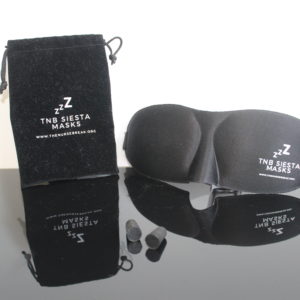Table of Contents
Republished article of The Nurse Path. Find more of The Nurse Path here. Or check out our other articles and guest bloggers here
Most of us have had to deal with it. A profusely diaphoretic patient.
These patients are usually unwell, exactly the time you least want to lose their IV access. Yet due to the moistness of the patient’s skin their cannula dressing just lifts away, and scrumples up into a mess, and floats free, and you just can’t seem to do anything to get it to stick.
It is my own experience than most dressings used to secure cannulas such as Tegaderm, Op-Site, and Steri-Strips quickly lose their adhesive properties when wet.
Here are some tips I have found that work well to improve cannula security in the diaphoretic patient. Most are also useful for getting ECG leads (or 12-lead stickers) to stay in place.
Tinc Benz
Tincture of benzoin (also known as Friar’s Balsam) is a resin that was used as a common topical antiseptic. This stuff is great. It dries with a very tacky (sticky) finish and will often provide enough extra adhesion to keep IV dressings from lifting.
Wipe away existing moisture apply the ‘Tinc Benz’ and allow to dry before applying the dressing.
Cotton bandage
Application of a firm cotton bandage over the dressing site will help improve security via a combination of direct pressure across the cannula and increased friction across any IV tubing. Loop the IV tubing back next to itself before applying the bandage.
The cotton will also help absorb moisture from the site.
A combination of Tinc Benz and firm cotton bandage over a freshly applied cannula dressing is a good strategy for many diaphoretic patients.
Shave insertion area
Dressings applied over hairy IV insertion sites tend to be poorly secured anyways, and will quickly lift free if the patient becomes diaphoretic.
When inserting IV cannulas, ensure any excess hair is shaved. If the cannula is already in situ, carefully remove the existing dressing (this is often a 2 person job) and shave the area before re-applying a fresh dressing.
When possible use hospital electric shavers that are purpose built.
Disposable ‘blade’ razors risk causing micro nicks, cuts and abrasions that may be a portal for infection.
Anti-perspirant
Some nurses and paramedics advocate using a roll on (or spray on) anti-perspirant. Wipe away any existing perspiration before applying the roll-on. Let the area dry briefly before using the dressings.
I have had various degrees of success with this method. Some times it seems to work brilliantly and at other times does not seem to decrease the perspiration at all.
Surgical Adhesive
In some instances the application of a small drop of surgical adhesive such as Derma-bond directly beneath the hub of the cannula can stabilise a cannula with a very diaphoretic patient.
You should still attempt to cover the cannula insertion site with some form of protective IV dressing.
StatLock
Some nurses swear by using the StatLock brand of IV security devices for diaphoretic patients. Other than securing indwelling catheters (which they do very well), I have not had any experience with these things.
I imagine that many units do not stock them for regular IV dressings due to the increased cost. However, if you do have them on your ward they would be well worth considering in this situation.
Don’t forget the patient
Finally, as I said at the beginning, patients that are profusely diaphoretic are potentially very unwell. Initiate an evaluation of their Airway, Breathing, Circulatory and Neurological status and begin to hunt for potential reasons for this response.
Don’t forget to check their temperature & capillary blood glucose, and don’t be shy in escalating the situation if necessary.





